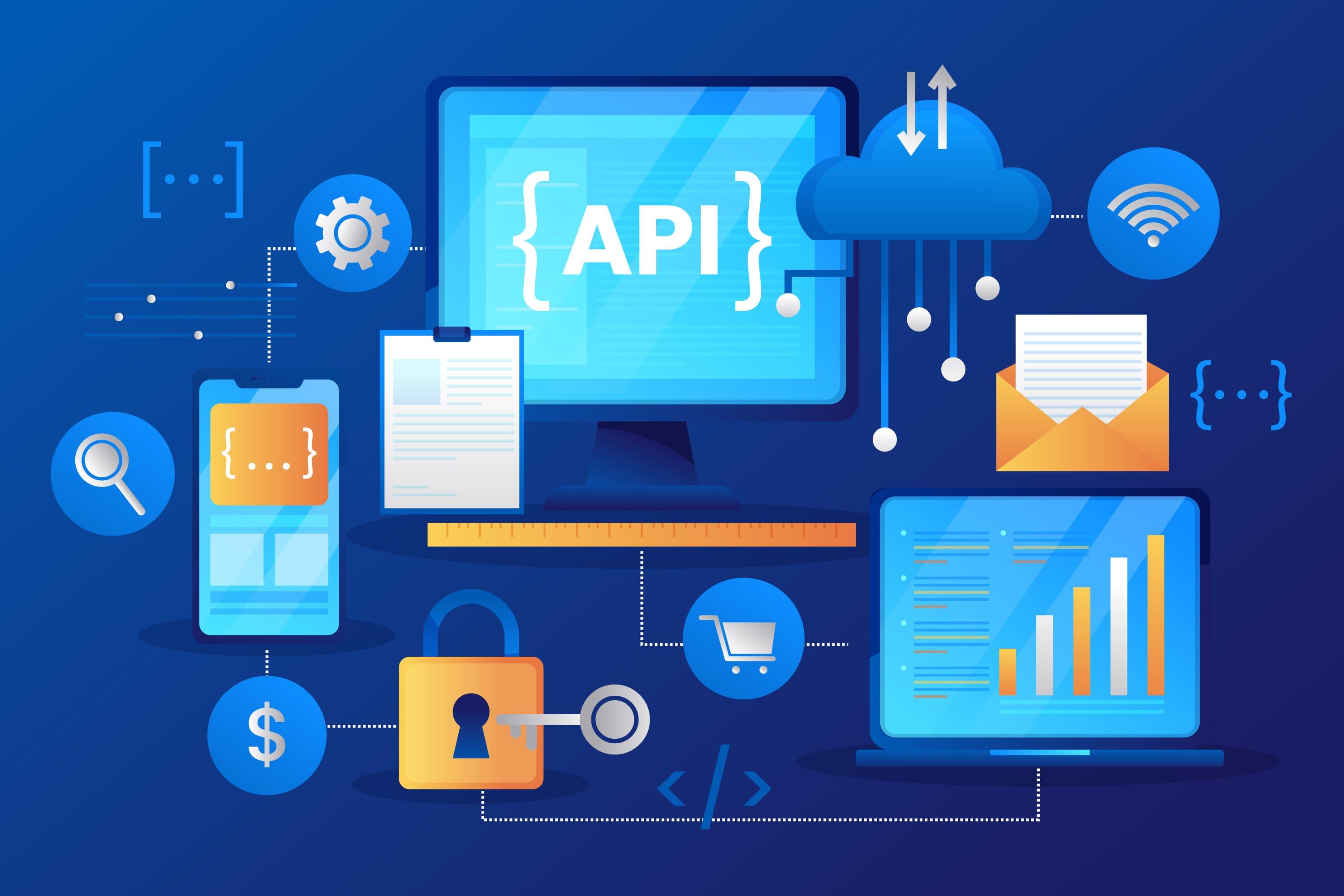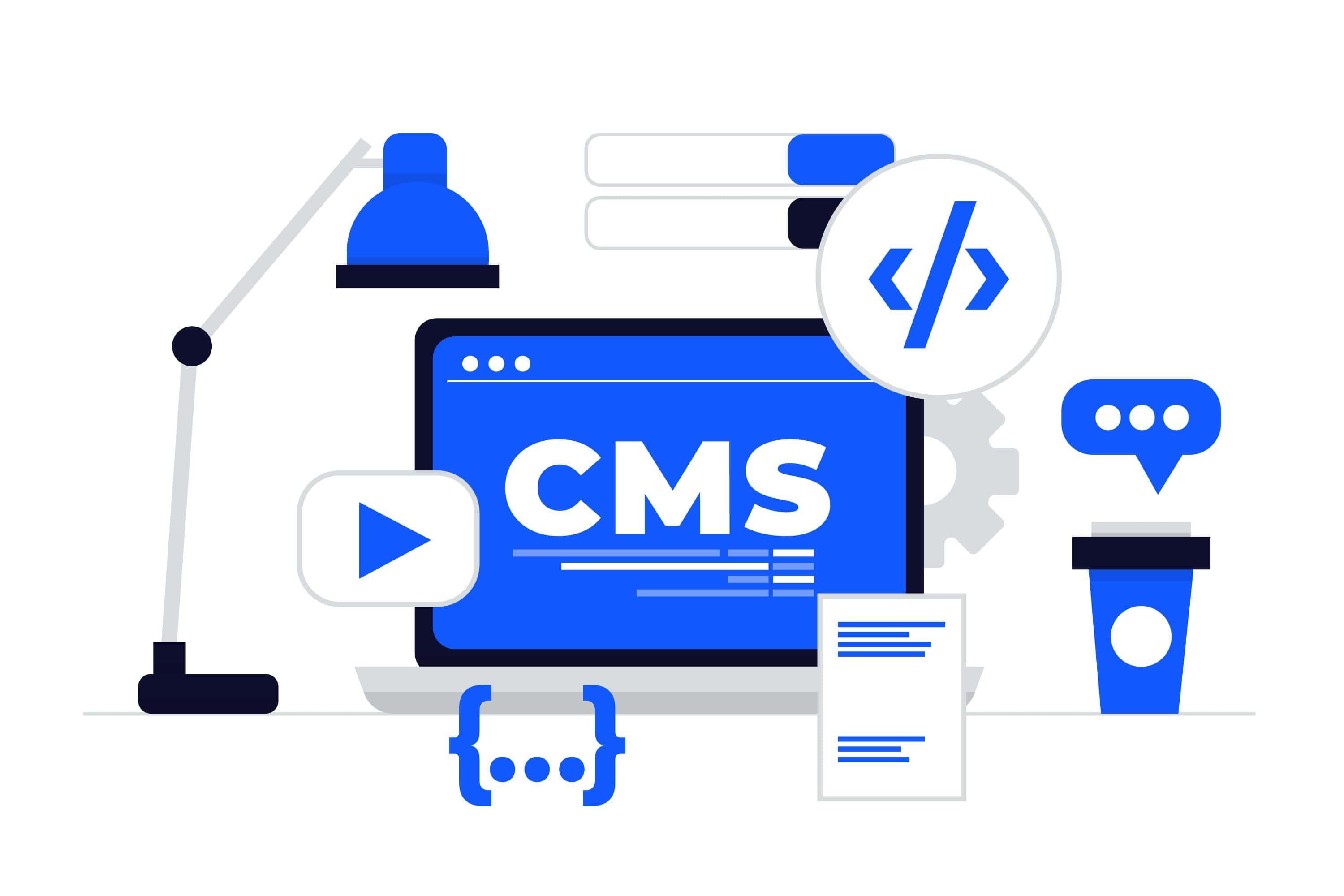
Jan 20, 2023
By Besufkad Menji
The Need for Speed: How Site Speed Impacts Your Online Success
RELATED BLOGS

The Ultimate Showdown: GraphQL vs. REST - Which One is Right for Your API?
As the world of web development continues to evolve, two popular API architectures have emerged as the frontrunners: GraphQL and REST. Both offer unique benefits and drawbacks, leaving developers wondering which one is the best choice for their project. GraphQL, with its ability to provide precise data requests and reduce network requests, has gained popularity in recent years. However, REST still remains a reliable and widely-used option, with its simplicity and ease of use. In this ultimate showdown, we'll explore the key differences between GraphQL and REST, and help you determine which one is right for your API. Whether you're a seasoned developer or just starting out, understanding the pros and cons of each architecture is crucial in creating an efficient and successful API. So, let's dive in and discover which one comes out on top in this epic battle of GraphQL vs. REST.

Why NextJS and WordPress as Headless CMS is the Winning Combo for Your Website
In today's digital age, having a website that stands out from the competition is crucial. However, creating a website that is both visually appealing and user-friendly can be a daunting task. This is where NextJS and WordPress come in as the perfect combination to create a winning website. NextJS is a powerful framework that provides server-side rendering and enables easy implementation of dynamic pages. On the other hand, WordPress is a widely-used content management system that allows for easy content creation and management. By using WordPress as a headless CMS and integrating it with NextJS, you get the best of both worlds. You get the flexibility and ease of use of WordPress, combined with the power and speed of NextJS. In this article, we will explore why NextJS and WordPress as a headless CMS is the winning combo for your website, and why you should consider using it for your next project.